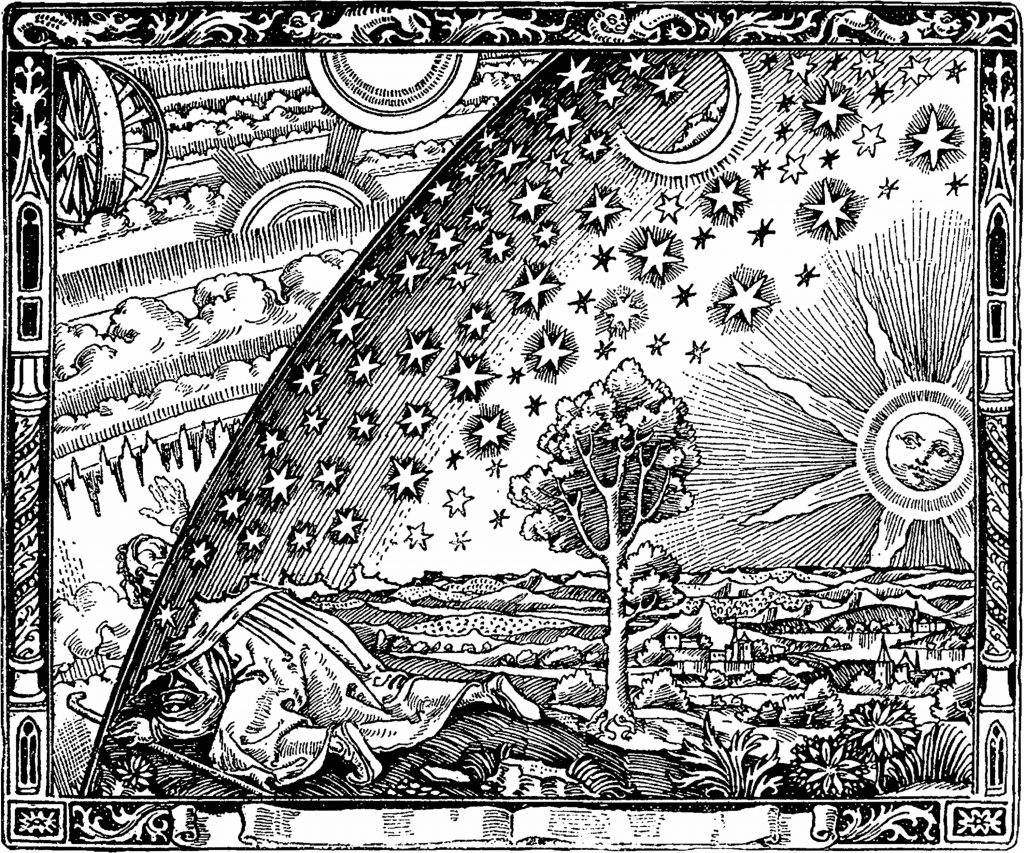Some say Ray Kurzweil is a genius. Some say Ray Kurzweil is a madman.
At just 17 years old, Ray created a homebuilt computer capable of composing classical music, leading to the creation of the Kurzweil synthesizer. Later, he developed a reading machine for the blind. Today, he works at Google, chasing an extraordinary dream: to beat death and live forever
Ray explores the trajectory of human evolution. He explains how it began biologically, with the genome serving as an information carrier, and transitioned into technological evolution through human innovation. Ray dreams of merging these two paths—biology and technology—for the betterment of humanity.
I once wrote a blog about the shadow side of human-machine tension. With Moore’s law in mind, I delved into The Singularity is Near (affiliate link), Kurzweil’s 2006 book, to explore some answers.
In this book Ray Kurzweil talks about using technology to improve health. But it also raises questions.
“Kurzweil is one of the world’s most respected thinkers and entrepreneurs. Yet the thesis he posits in Singularity is so singular that many readers will be astounded—and perhaps skeptical. Think Blade Runner or Being John Malkovich magnified trillion-fold. Even if one were to embrace his techno-optimism, which he backs up with fascinating details, Kurzweil leaves some important questions relating to politics, economics, and morality unanswered. If machines in our bodies can rebuild cells, for example, why couldn’t they be reengineered as weapons?” (Quote from Bookmarks magazine).
The Singularity is Near
In this book, Ray Kurzweil discusses using technology to enhance human health and longevity, but it also raises profound questions.
“Kurzweil is one of the world’s most respected thinkers and entrepreneurs. Yet the thesis he posits in Singularity is so singular that many readers will be astounded—and perhaps skeptical. Think Blade Runner or Being John Malkovich magnified trillion-fold. Even if one were to embrace his techno-optimism, which he backs up with fascinating details, Kurzweil leaves some important questions relating to politics, economics, and morality unanswered. If machines in our bodies can rebuild cells, for example, why couldn’t they be reengineered as weapons?” – Bookmarks Magazine.
Kurzweil envisions machines that can heal and rebuild cells within our bodies, essentially merging human biology with advanced technology. But what happens if this technology is misused? These are the moral and ethical dilemmas that Kurzweil’s work challenges us to consider.
Creating a Mind
In 2013, Kurzweil shifted boundaries again with his book How to Create a Mind.
In this work, he suggests that artificial intelligence will surpass human intelligence by 2029. Kurzweil analyzes the human brain as if it were constructed from Lego blocks, each composed of about 100 neurons. These blocks are interconnected in a hierarchical structure based on pattern recognition. His technological approach to understanding the brain is groundbreaking but not an easy read.
The Pursuit of Immortality
A type-2 diabetic, Ray Kurzweil has turned his attention to health and longevity. His goal? To live forever. To this end, he has created a diet and exercise regimen that contributes to youthful vitality.
Kurzweil’s health secrets include:
- Movement and regular exercise
- Dark chocolate and espresso
- A diet rich in vegetables
- Taking up to 200 supplements a day (approximately 13 per hour!)
While his regimen may seem extreme, he looks remarkably healthy and has shared his insights in a book on physical well-being.
Final Thoughts
I don’t think Ray Kurzweil is a fool. I believe he is a brilliant thinker, unafraid to dream big and push boundaries. And like all brilliant thinkers, he’s entitled to a few eccentric habits.
Our Current Courses (Click to find out More)
Sign up for our free e-book: 10 easy ways to instantly improve your dream memory


